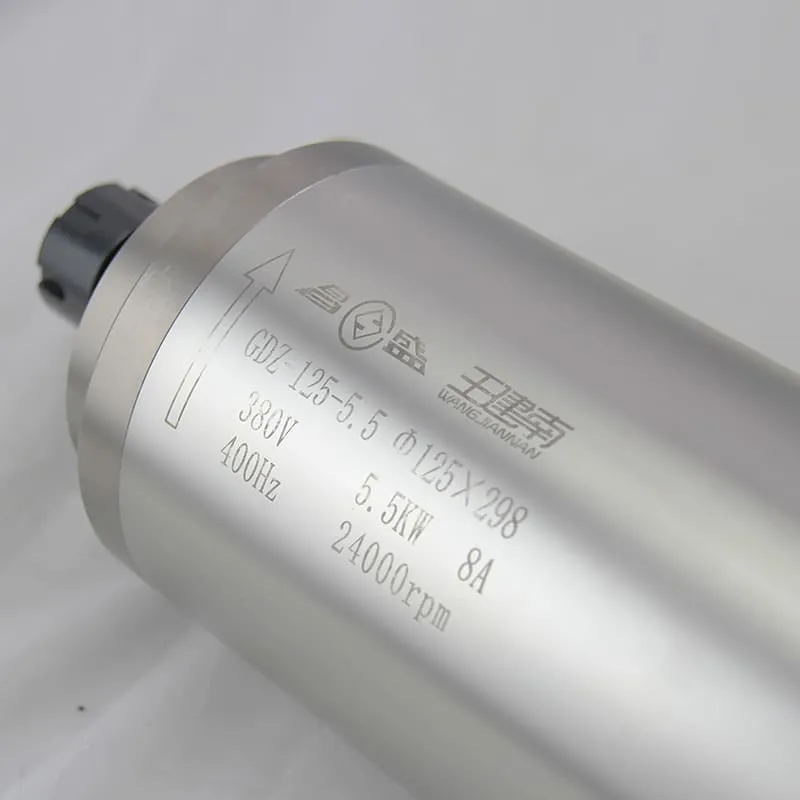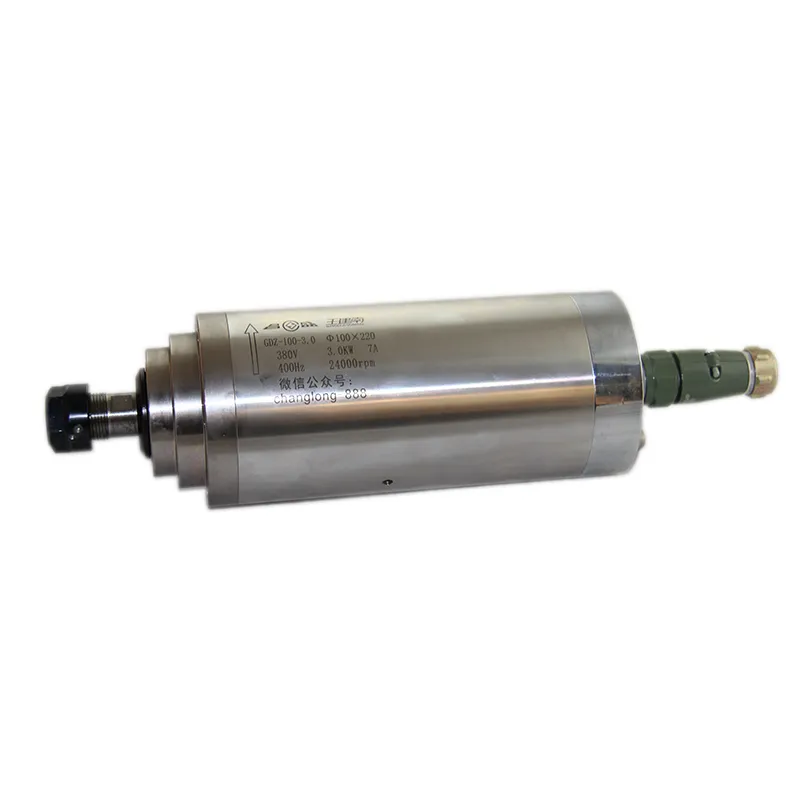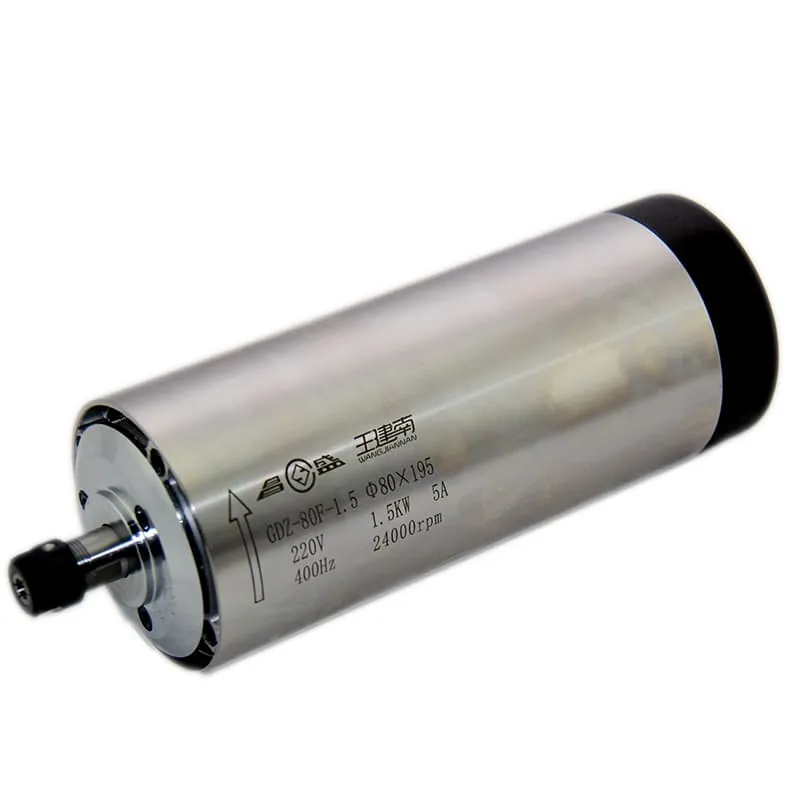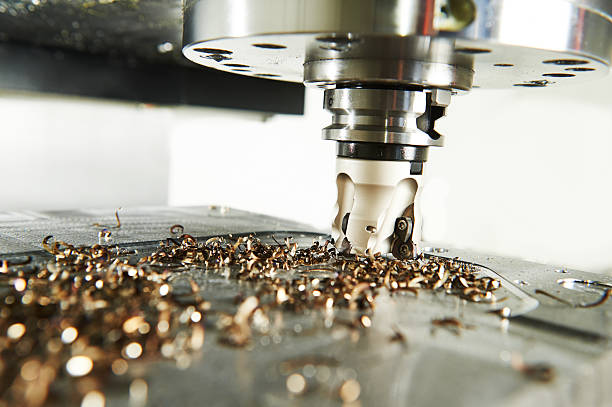How Expensive is CNC Machining?
CNC machining is a crucial technology in modern manufacturing, known for its precision and versatility. However, one question that often arises is: how expensive is CNC machining? The answer isn’t straightforward, as the cost of CNC machining can vary widely depending on numerous factors. In this comprehensive guide, we’ll break down the various elements that contribute to CNC machining costs and help you understand what to expect when budgeting for your next project.
Understanding the Basics of CNC Machining Costs
CNC machining costs are influenced by a complex interplay of factors. At its core, the expense of CNC machining is determined by the time and resources required to produce a part. This includes machine time, material costs, labor, and overhead expenses. Let’s dive deeper into each of these components to get a clearer picture of what drives CNC machining expenses.
The Impact of Machine Type on CNC Machining Costs
The type of CNC machine used has a significant impact on the overall cost of machining. Different machines have varying capabilities, speeds, and operational costs. Here’s a quick overview of common CNC machine types and their relative cost implications:
- CNC Mills: Versatile but can be more expensive for complex parts
- CNC Lathes: Generally less expensive for cylindrical parts
- CNC Routers: Cost-effective for working with softer materials
- 5-Axis CNC Machines: Higher cost but capable of complex geometries
For instance, a high-performance 5.5KW ER25 Water-Cooling Spindle used in advanced CNC mills can significantly boost machining capabilities but also increases the overall machine cost.

A 24000RPM 5.5KW ER25 Water-Cooling Spindle, crucial for high-performance CNC machining
Material Costs in CNC Machining
The choice of material plays a crucial role in determining the cost of CNC machining. Different materials have varying prices and machinability, which directly affects the overall expense. Here’s a general ranking of material costs, from least to most expensive:
- Plastics (e.g., ABS, PVC)
- Aluminum
- Brass
- Steel
- Stainless Steel
- Titanium
Keep in mind that harder materials often require more robust cutting tools and longer machining times, further increasing costs.
The Role of Part Complexity in CNC Machining Expenses
The complexity of the part being machined is a major factor in determining cost. More complex parts require:
- Longer programming time
- Multiple setups
- Specialized tooling
- Longer machining times
For instance, a simple rectangular block will be much less expensive to machine than a part with intricate details, tight tolerances, and multiple features.
How Part Size Affects CNC Machining Costs
The size of the part being machined can significantly impact the cost. Larger parts generally require:
- More raw material
- Larger machines
- Longer machining times
- More robust tooling
However, very small parts can also be expensive due to the need for specialized equipment and increased precision requirements.
The Influence of Quantity on CNC Machining Pricing
The number of parts being produced can have a substantial effect on the per-unit cost of CNC machining. Generally, larger quantities benefit from:
- Reduced setup costs per part
- Bulk material purchasing discounts
- Optimized production processes
However, for very large quantities, other manufacturing methods like injection molding might become more cost-effective than CNC machining.
Tolerances and Surface Finish: Precision Comes at a Price
Tighter tolerances and higher-quality surface finishes increase the cost of CNC machining. Achieving these requires:
- More precise machines
- Skilled operators
- Additional machining passes
- Potentially specialized tooling
For example, a part with a general tolerance of ±0.005″ will be less expensive to produce than one requiring ±0.0005″ tolerance.
The Cost Impact of CNC Machine Features
Advanced features on CNC machines can increase both capabilities and costs. Some features that can affect pricing include:
- Automatic Tool Changers: Reduce setup time but increase machine cost
- High-Speed Spindles: Enable faster cutting but are more expensive
- Coolant Systems: Improve cut quality and tool life but add to operational costs
For instance, a 24000RPM 3KW ER20 Water-Cooling Spindle can significantly enhance machining speed and quality, but it represents a higher initial investment.

A 24000RPM 3KW ER20 Water-Cooling Spindle, demonstrating advanced CNC machine features
Labor Costs in CNC Machining
While CNC machines are automated, skilled labor is still a significant cost factor. Labor costs include:
- CAD/CAM programming
- Machine setup and operation
- Quality control and inspection
- Post-processing and finishing
The complexity of the part and the level of expertise required can greatly influence these labor costs.
Overhead Expenses in CNC Machining Operations
Overhead costs are often overlooked but play a crucial role in the overall expense of CNC machining. These can include:
- Facility costs (rent, utilities)
- Machine maintenance and depreciation
- Software licenses
- Administrative expenses
These costs are typically factored into the hourly rate charged for machine time.
Comparing CNC Machining Costs to Other Manufacturing Methods
To put CNC machining costs into perspective, let’s compare it to other manufacturing methods:
| Manufacturing Method | Low Volume Cost | High Volume Cost | Complexity Capability |
|---|---|---|---|
| CNC Machining | Medium-High | Medium | High |
| 3D Printing | Low-Medium | High | Very High |
| Injection Molding | Very High | Very Low | Medium |
| Sheet Metal Fabrication | Medium | Low-Medium | Low-Medium |
CNC machining often strikes a balance between cost and capability, especially for medium-sized production runs and complex parts.
Cost-Saving Strategies in CNC Machining
While CNC machining can be expensive, there are several strategies to reduce costs:
- Design for Manufacturability: Optimize part designs for CNC machining
- Material Selection: Choose cost-effective materials that meet performance requirements
- Tolerance Optimization: Specify tight tolerances only where necessary
- Batch Production: Group similar parts to reduce setup times
- Tool Life Management: Implement strategies to extend cutting tool life
Implementing these strategies can lead to significant cost savings without compromising part quality.
The Hidden Costs of CNC Machining
When budgeting for CNC machining, it’s important to consider some often-overlooked costs:
- Tooling: Specialized cutting tools can be a significant expense
- Fixturing: Custom workholding solutions may be necessary for complex parts
- Quality Control: Inspection equipment and processes add to overall costs
- Shipping: Transportation costs for raw materials and finished parts
- Inventory: Storing raw materials and finished parts incurs expenses
Accounting for these hidden costs provides a more accurate picture of the true expense of CNC machining.
Future Trends Affecting CNC Machining Costs
The landscape of CNC machining is constantly evolving, with several trends potentially impacting future costs:
- Automation: Increased use of robots and automated systems may reduce labor costs
- AI and Machine Learning: Optimized machining processes could improve efficiency
- Advanced Materials: Development of new, more machinable materials
- Hybrid Manufacturing: Combining additive and subtractive processes may offer cost benefits
Staying informed about these trends can help you anticipate and plan for future CNC machining expenses.
Case Studies: Real-World CNC Machining Costs
Let’s examine a few hypothetical case studies to illustrate how different factors affect CNC machining costs:
- Simple Aluminum Bracket
- Material: 6061 Aluminum
- Size: 4″ x 2″ x 1″
- Quantity: 100 pieces
- Estimated Cost: $25-$35 per piece
- Complex Titanium Medical Implant
- Material: Grade 5 Titanium
- Size: 2″ x 2″ x 1″
- Quantity: 10 pieces
- Estimated Cost: $500-$700 per piece
- Large Steel Machine Base
- Material: 1018 Steel
- Size: 24″ x 36″ x 4″
- Quantity: 1 piece
- Estimated Cost: $2,000-$3,000
These examples demonstrate how material, complexity, size, and quantity can dramatically affect CNC machining costs.
Choosing the Right CNC Machining Service
Selecting the right CNC machining service can have a significant impact on your overall costs. Consider the following factors:
- Capabilities: Ensure they have the right machines for your project
- Expertise: Look for experience in your specific industry or application
- Quality Control: Verify their quality assurance processes
- Turnaround Time: Fast turnaround can be crucial for project timelines
- Communication: Clear communication can prevent costly misunderstandings
Don’t hesitate to request quotes from multiple services to compare pricing and capabilities.
FAQs About CNC Machining Costs
1. How much does a CNC machine cost?
CNC machine costs can range from $5,000 for a small hobby machine to over $500,000 for advanced 5-axis machining centers. The price depends on the machine’s size, capabilities, and features.
2. What is the most expensive part of CNC machining?
The most expensive part of CNC machining can vary by project, but it’s often the initial setup and programming time. For high-volume production, material costs may become the largest expense.
3. Is CNC machining more expensive than 3D printing?
For small quantities of complex parts, CNC machining is often more expensive than 3D printing. However, for larger quantities or parts requiring high strength and precision, CNC machining can be more cost-effective.
4. How can I reduce the cost of CNC machined parts?
To reduce costs, consider simplifying part design, optimizing tolerances, choosing cost-effective materials, and ordering in larger quantities when possible. Using efficient CNC spindles can also help reduce machining time and costs.
5. What’s the typical hourly rate for CNC machining?
Hourly rates for CNC machining can range from $50 to $250 or more, depending on the machine type, complexity of the work, and geographic location. However, most shops quote based on the entire job rather than hourly rates.
Conclusion
CNC machining costs can vary widely, influenced by factors such as material choice, part complexity, quantity, and machine capabilities. While it can be more expensive than some manufacturing methods for certain applications, CNC machining offers unparalleled precision and versatility for producing complex parts.
Understanding the various factors that contribute to CNC machining expenses empowers you to make informed decisions about your manufacturing projects. By optimizing designs, choosing appropriate materials, and selecting the right machining service, you can often find a balance between cost and quality that meets your specific needs.
As technology continues to advance, we can expect to see new developments that may help reduce CNC machining costs while further improving capabilities. Staying informed about these trends and continually evaluating your manufacturing processes can help ensure you’re getting the most value from your CNC machining investments.
Remember, while cost is an important consideration, it shouldn’t be the only factor in your decision-making process. The precision, quality, and capabilities offered by CNC machining often justify the expense for critical components and complex parts. By carefully weighing all factors and working with experienced professionals, you can leverage the power of CNC machining to bring your designs to life efficiently and effectively.

A 1.5KW ER11 Round Air-Cooled Spindle, balancing performance and cost-effectiveness in CNC machining

